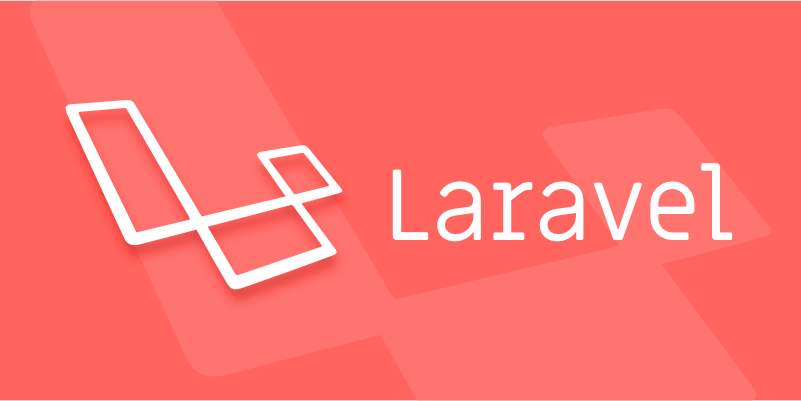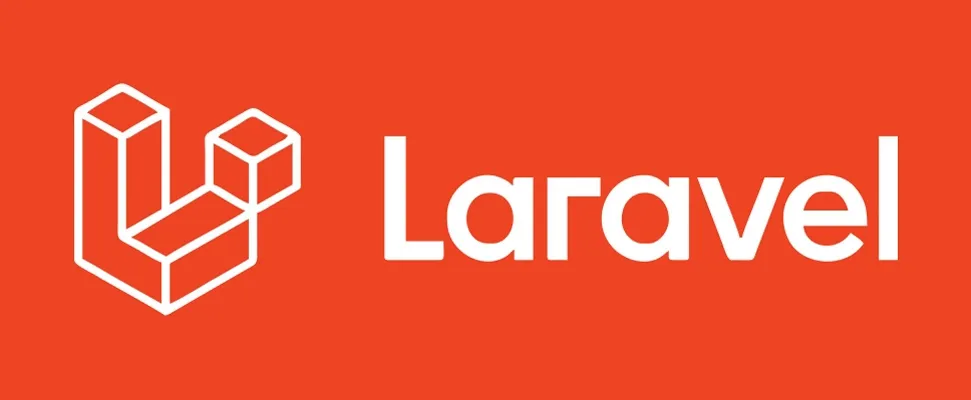How to extend Laravel's core components (e.g., custom guard).
Jul 16, 2025 am 02:53 AMTo create and register a custom Guard in Laravel, 1. Create a class that implements the Guard interface or inherits GuardHelpers; 2. Register the Guard with Auth::extend() in the service provider; 3. Add a new Guard configuration item in the auth.php configuration file; 4. To require special user acquisition logic, you also need to customize and register the UserProvider. After the above steps are completed, you can call the custom authentication logic by specifying the Guard name.

Laravel provides very flexible mechanisms to extend its core components, such as custom Guards, drivers, service providers, etc. If you need to implement specific authentication logic, such as using API Tokens or third-party OAuth login, extending the default Guard is a very practical approach.

Let's take a look at how to create and register a custom Guard in Laravel.
Create a custom Guard class
First, you need to create a class to implement Illuminate\Contracts\Auth\Guard interface, or, more simply, inherit the abstract class Illuminate\Auth\GuardHelpers , which has implemented most common methods.

For example, we create a class called TokenGuard :
// app/Services/Auth/TokenGuard.php
namespace App\Services\Auth;
use Illuminate\Auth\GuardHelpers;
use Illuminate\Contracts\Auth\Guard;
use Illuminate\Http\Request;
class TokenGuard implements Guard
{
use GuardHelpers;
protected $request;
public function __construct(Request $request)
{
$this->request = $request;
}
public function user()
{
if ($this->user) {
return $this->user;
}
$token = $this->request->header('Authorization');
// Suppose you have a TokenUserProvider to get the user based on the token if ($token && $user = $this->provider->retrieveByToken($token)) {
$this->user = $user;
}
return $this->user;
}
public function validate(array $credentials = [])
{
// Optional implementation}
public function id()
{
return $this->user() ? $this->user()->getAuthIdentifier() : null;
}
} This class mainly implements two core methods: user() and id() , which are used to obtain the unique identifiers of the currently logged-in user object and the user.

Register a custom Guard to the Laravel container
Next, you need to tell Laravel to use your Guard. You can register in a service provider's boot method using Auth::extend() method.
Usually we will create a new service provider, such as App\Providers\AuthServiceProvider :
php artisan make:provider AuthServiceProvider
Then register the Guard in the boot method of AuthServiceProvider :
use Illuminate\Support\Facades\Auth;
use Illuminate\Support\ServiceProvider;
use App\Services\Auth\TokenGuard;
class AuthServiceProvider extends ServiceProvider
{
public function boot()
{
Auth::extend('token', function ($app, $name, array $config) {
return new TokenGuard(
$app['request']
);
});
}
} Don't forget to add this service provider to the providers array in config/app.php .
Configure auth.php with new Guard
Open the config/auth.php file and add a new guard configuration item to the guards array:
'guards' => [
'web' => [
'driver' => 'session',
'provider' => 'users',
],
'api' => [
'driver' => 'token', // Use the guard name 'provider' => 'users',
],
], Now you can call your TokenGuard implementation via auth('api')->user() .
You may need to customize UserProvider at the same time
If the standard database user provider does not meet the needs, you can also customize UserProvider , make it implement Illuminate\Contracts\Auth\UserProvider interface, and use it with your Guard.
To register a custom UserProvider, you can use Auth::provider() method, for example:
Auth::provider('token', function ($app, array $config) {
return new TokenUserProvider($app['hash'], $config['model']);
}); In this way, you can use $this->provider->retrieveByToken() and other methods in Guard.
Basically that's it. As long as you understand the role and interface requirements of Guard, it is not complicated to expand, but it is indeed easy to ignore certain details, such as constructor dependency injection or provider binding methods. However, once the configuration is completed, various authentication methods can be flexibly supported.
The above is the detailed content of How to extend Laravel's core components (e.g., custom guard).. For more information, please follow other related articles on the PHP Chinese website!

Hot AI Tools

Undress AI Tool
Undress images for free

Undresser.AI Undress
AI-powered app for creating realistic nude photos

AI Clothes Remover
Online AI tool for removing clothes from photos.

Clothoff.io
AI clothes remover

Video Face Swap
Swap faces in any video effortlessly with our completely free AI face swap tool!

Hot Article

Hot Tools

Notepad++7.3.1
Easy-to-use and free code editor

SublimeText3 Chinese version
Chinese version, very easy to use

Zend Studio 13.0.1
Powerful PHP integrated development environment

Dreamweaver CS6
Visual web development tools

SublimeText3 Mac version
God-level code editing software (SublimeText3)

Hot Topics
 What are policies in Laravel, and how are they used?
Jun 21, 2025 am 12:21 AM
What are policies in Laravel, and how are they used?
Jun 21, 2025 am 12:21 AM
InLaravel,policiesorganizeauthorizationlogicformodelactions.1.Policiesareclasseswithmethodslikeview,create,update,anddeletethatreturntrueorfalsebasedonuserpermissions.2.Toregisterapolicy,mapthemodeltoitspolicyinthe$policiesarrayofAuthServiceProvider.
 What are routes in Laravel, and how are they defined?
Jun 12, 2025 pm 08:21 PM
What are routes in Laravel, and how are they defined?
Jun 12, 2025 pm 08:21 PM
In Laravel, routing is the entry point of the application that defines the response logic when a client requests a specific URI. The route maps the URL to the corresponding processing code, which usually contains HTTP methods, URIs, and actions (closures or controller methods). 1. Basic structure of route definition: bind requests using Route::verb('/uri',action); 2. Supports multiple HTTP verbs such as GET, POST, PUT, etc.; 3. Dynamic parameters can be defined through {param} and data can be passed; 4. Routes can be named to generate URLs or redirects; 5. Use grouping functions to uniformly add prefixes, middleware and other sharing settings; 6. Routing files are divided into web.php, ap according to their purpose
 How do I run seeders in Laravel? (php artisan db:seed)
Jun 12, 2025 pm 06:01 PM
How do I run seeders in Laravel? (php artisan db:seed)
Jun 12, 2025 pm 06:01 PM
Thephpartisandb:seedcommandinLaravelisusedtopopulatethedatabasewithtestordefaultdata.1.Itexecutestherun()methodinseederclasseslocatedin/database/seeders.2.Developerscanrunallseeders,aspecificseederusing--class,ortruncatetablesbeforeseedingwith--trunc
 How do I run tests in Laravel? (php artisan test)
Jun 13, 2025 am 12:02 AM
How do I run tests in Laravel? (php artisan test)
Jun 13, 2025 am 12:02 AM
ToruntestsinLaraveleffectively,usethephpartisantestcommandwhichsimplifiesPHPUnitusage.1.Setupa.env.testingfileandconfigurephpunit.xmltouseatestdatabaselikeSQLite.2.Generatetestfilesusingphpartisanmake:test,using--unitforunittests.3.Writetestswithmeth
 What is the purpose of the artisan command-line tool in Laravel?
Jun 13, 2025 am 11:17 AM
What is the purpose of the artisan command-line tool in Laravel?
Jun 13, 2025 am 11:17 AM
Artisan is a command line tool of Laravel to improve development efficiency. Its core functions include: 1. Generate code structures, such as controllers, models, etc., and automatically create files through make: controller and other commands; 2. Manage database migration and fill, use migrate to run migration, and db:seed to fill data; 3. Support custom commands, such as make:command creation command class to implement business logic encapsulation; 4. Provide debugging and environment management functions, such as key:generate to generate keys, and serve to start the development server. Proficiency in using Artisan can significantly improve Laravel development efficiency.
 What are controllers in Laravel, and what is their purpose?
Jun 20, 2025 am 12:31 AM
What are controllers in Laravel, and what is their purpose?
Jun 20, 2025 am 12:31 AM
The main role of the controller in Laravel is to process HTTP requests and return responses to keep the code neat and maintainable. By concentrating the relevant request logic into a class, the controller makes the routing file simpler, such as putting user profile display, editing and deletion operations in different methods of UserController. The creation of a controller can be implemented through the Artisan command phpartisanmake:controllerUserController, while the resource controller is generated using the --resource option, covering methods for standard CRUD operations. Then you need to bind the controller in the route, such as Route::get('/user/{id
 How do I start the Laravel development server? (php artisan serve)
Jun 12, 2025 pm 07:33 PM
How do I start the Laravel development server? (php artisan serve)
Jun 12, 2025 pm 07:33 PM
To start the Laravel development server, use the command phpartisanserve, which is provided at http://127.0.0.1:8000 by default. 1. Make sure that the terminal is located in the project root directory containing the artisan file. If it is not in the correct path, use cdyour-project-folder to switch; 2. Run the command and check for errors. If PHP is not installed, the port is occupied or file permissions are problematic, you can specify different ports such as phpartisanserve--port=8080; 3. Visit http://127.0.0.1:8000 in the browser to view the application homepage. If it cannot be loaded, please confirm the port number, firewall settings or try.
 How do I use Laravel's validation system to validate form data?
Jun 22, 2025 pm 04:09 PM
How do I use Laravel's validation system to validate form data?
Jun 22, 2025 pm 04:09 PM
Laravelprovidesrobusttoolsforvalidatingformdata.1.Basicvalidationcanbedoneusingthevalidate()methodincontrollers,ensuringfieldsmeetcriterialikerequired,maxlength,oruniquevalues.2.Forcomplexscenarios,formrequestsencapsulatevalidationlogicintodedicatedc






